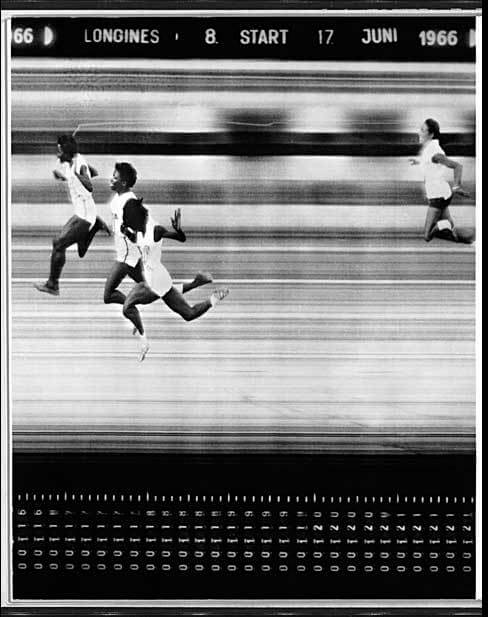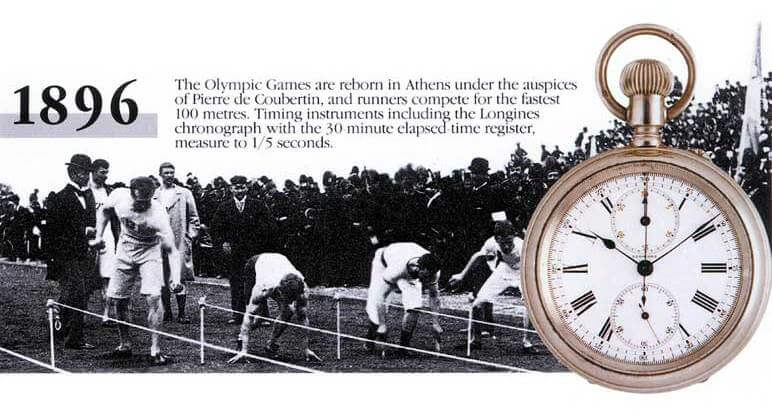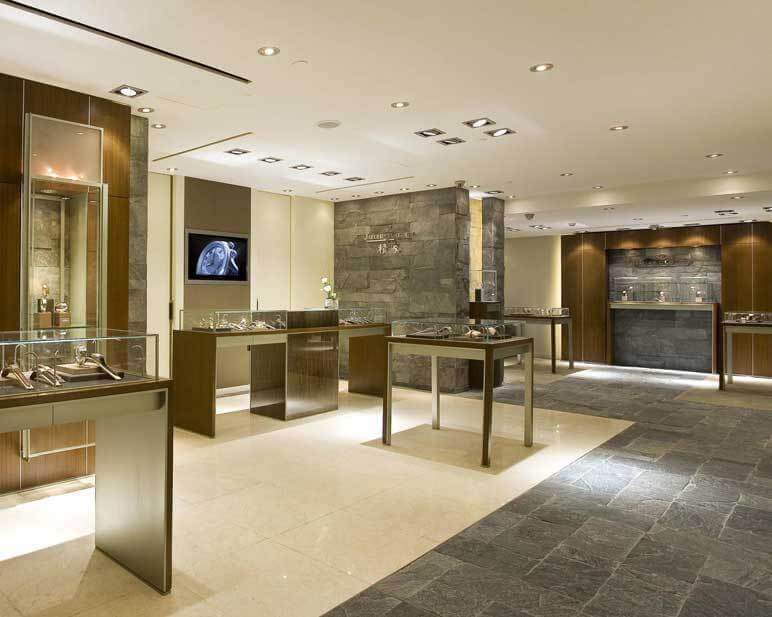Over the different eras, the instruments used to time events at the Olympic Games have gone through the distinct stages of manual timing, electro-mechanical timing, electronic-quartz timing and the broadcasting of real-time results. From this point of view we can see how constant progress in sports timing technology, and the integration of advanced science have made for increasingly precise time measurement and set more new records in the sporting world.
From the late 19th century to the first half of the 20th century
As sport has developed, so demand for multi-functional timers has grown. Some watch factories concentrated on the production of chronographs. As manufacturers have sought to innovate, the greater precision of mechanical watches, from 1/5th second to 1/10th second to 1/100th second, has provided the assurance that events will be precisely timed. In 1896, a manual stopwatch by Longines became the official timekeeper for the first Modern Olympics in Athens. In 1932, Omega took over as the official supplier of chronographs for the Olympic Games in Los Angeles.
The mid-20th century
The development of quartz technology in the mid-20th century provided precision timing to 1/1000th second while the associated photoelectric technology could differentiate between the different athletes’ times in the wink of an eye. At the Squaw Valley Winter Olympic Games in 1960, Longines used the Chronocinégines which recorded the image 1/100th second before and after the athletes crossed the finishing line: the photo finish. Seiko, one of the first companies to explore quartz technology, was named official timekeeper for the Tokyo Olympic Games in 1964. As well as ending the monopoly of Swiss timekeepers at the Olympic Games, Seiko’s designation bore witness to the importance of quartz timing technology.

Since the 1970s
In the wake of the continual changes and progress in science and technology, the emergence of microelectronics brought about a revolutionary breakthrough for the timing of sports. The advent of computers and software in particular has equipped sports timers with more precise and perfected functions. In addition to being shown on the scoreboard, athletes’ times can also be shown by video and used for radio and television. In 1972, Omega and Longines co-founded the Swiss Timing Company, specializing in the manufacture of timers for the Olympic Games and other sporting events. In the same year as this company was founded, the Munich Olympics were held. These were the first Games to use geodimeter and electronic timers with 1/1000th-second precision. In 1976, the Télé-Longines 1004 system used at the Innsbruck Winter Olympics and the Montreal Summer Olympics gave a digital display of times to 1/100th second. From this point on, athletes’ performances at the Olympic Games have been simultaneously beamed around the world.
|Year|Place|Timekeeper sponsor|
|1896|Athens(Greece)|Longines|
|1900|Paris(France)|-|
|1904|St. Louis(United States)|-|
|1908|London(Britain)|-|
|1912|Stockholm(Sweden)|-|
|1920|Antwerp(Belgium)|Heuer|
|1924|Paris(France)|Heuer|
|1928|Amsterdam(Holland)|Heuer|
|1932|Los Angeles(United States)|Omega|
|1936|Berlin(Germany)|Omega|
|1948|London(Britain)|Omega|
|1952|Helsinki(Finland)|Omega|
|1956|Melbourne(Australia)|Omega|
|1960|Rome(Italy)|Omega|
|1964|Tokyo(Japan)|Seiko|
|1968|Mexico City(Mexico)|Omega|
|1972|Munich(Germany)|Longines|
|1976|Montreal(Canada)|Swiss Timing|
|1980|Moscow(USSR)|Swiss Timing, Heuer|
|1984|Los Angeles(United States)|Swiss Timing|
|1988|Seoul(South Korea)|Swiss Timing|
|1992|Barcelona(Spain)|Seiko|
|1996|Atlanta(United States)|Swatch|
|2000|Sydney(Australia)|Swatch|
|2004|Athens(Greece)|Swatch|
|2008|Beijing(China)|Omega|















